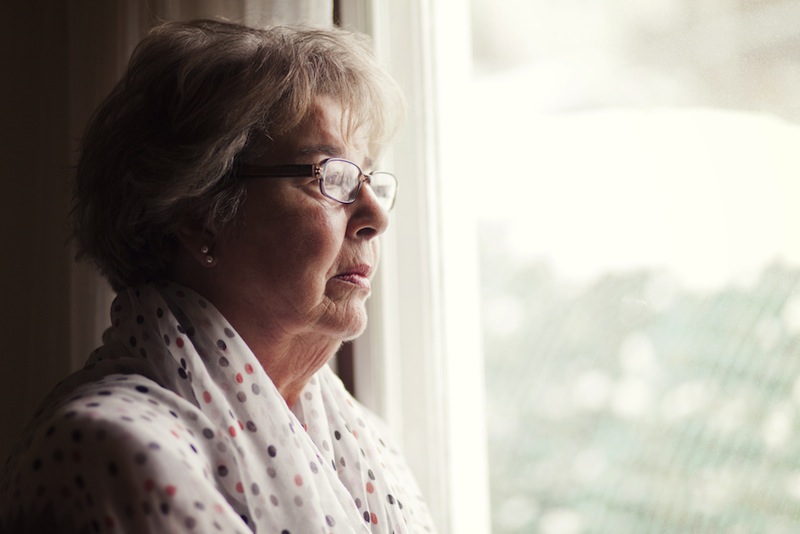Life Expectancy Drops for US White Women

Life expectancy for white women in the U.S. has dropped for the second time in recent years, according to a new report from the Centers for Disease Control and Prevention. This is in stark contrast to what's happened with other race and sex groups, which have experienced increases in life expectancy or stayed about the same, the report said.
Between 2013 and 2014, life expectancy for white women fell slightly, from 81.2 years to 81.1 years, according to the report. During that same time period, life expectancy for other racial and sex groups in the U.S. either increased or remained the same, the report found.
For example, life expectancy increased for Hispanic females, from 83.8 to 84.0 years, and remained unchanged for black females, at 78.1 years. It increased for black males, from 71.8 to 72.2 years, and for Hispanic males, from 79.1 to 79.2 years, while it stayed the same for white males, at 76.5 years, during the study period, the report said.
The new report marks the second time that life expectancy has fallen for white women in the last decade. Between 2007 and 2008, life expectancy for white women dropped from 80.8 to 80.7 years, said study author Elizabeth Arias, a demographer with CDC's National Center for Health Statistics. [Top 10 Leading Causes of Death]
In contrast, results show no declines in life expectancy over the last decade for Hispanics and blacks of both sexes, or for white men. (The CDC started estimating life expectancy by Hispanic origin in 2006.)
The decline in life expectancy for white women is not necessarily surprising, because some previous studies have found a plateau or even a decrease in life expectancy for certain groups of white men and women, said Anna Zajacova, an associate professor of sociology at the University of Wyoming, who was not involved in the study.
For example, a 2015 study found that death rates for whites ages 45 to 54 increased after 1998. And other studies have found that, although death rates for U.S. college-educated women have declined in recent decades, the rates have increased among white women with less than a high school education, according to a 2013 paper by Zajacova and colleagues. [5 Myths About Women's Bodies]
Sign up for the Live Science daily newsletter now
Get the world’s most fascinating discoveries delivered straight to your inbox.
Researchers have proposed a number of explanations for the decline in life expectancy among white women with less education, including the "tough economic situation for middle-class and working-class adults in recent decades," Zajacova said. Unemployment and economic instability are linked with worse health, which may be due to stress and other factors, Zajacova said.
For example, smoking rates are particularly high among white women who have less education, and these smoking habits may contribute to a decline in life expectancy, Zajacova said. The recent rise in prescription drug abuse may also play a role, as this behavior has also been linked with economic instability, she said.
The new report is published today (April 20) by the CDC's National Center for Health Statistics.
Follow Rachael Rettner @RachaelRettner. Follow Live Science @livescience, Facebook & Google+. Original article on Live Science.

Rachael is a Live Science contributor, and was a former channel editor and senior writer for Live Science between 2010 and 2022. She has a master's degree in journalism from New York University's Science, Health and Environmental Reporting Program. She also holds a B.S. in molecular biology and an M.S. in biology from the University of California, San Diego. Her work has appeared in Scienceline, The Washington Post and Scientific American.









